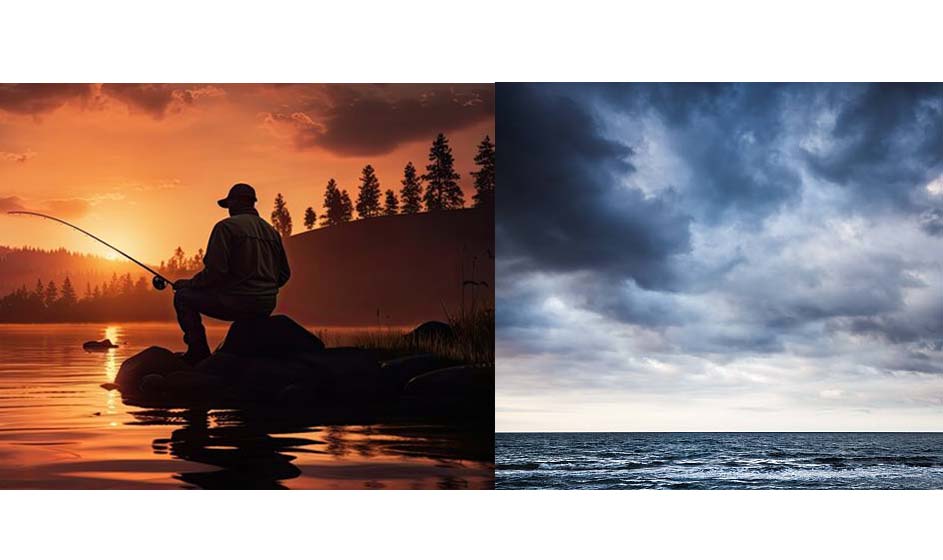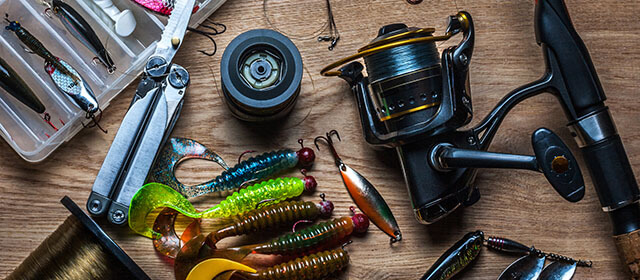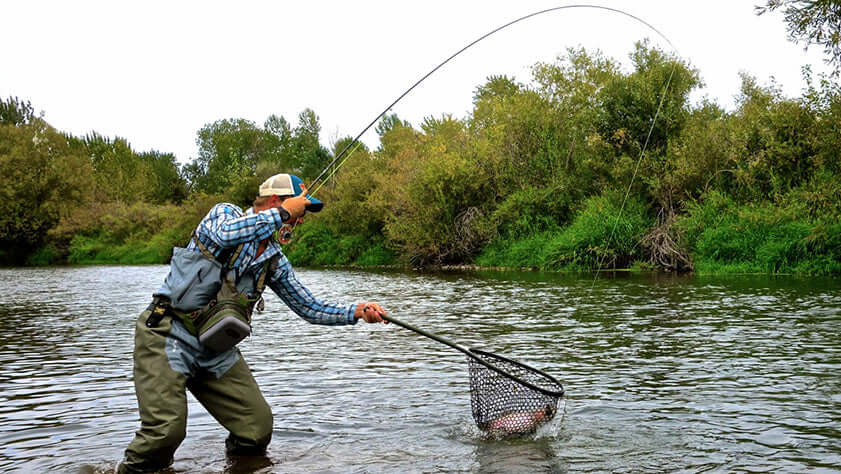Alright, crappie crusaders! Gather ’round the campfire and listen close! It’s Kush here, your friendly neighborhood crappie connoisseur. Let me tell you, there’s nothin’ quite like the feeling of a scrappy crappie tugging on your line. These silvery superstars may be smaller than their largemouth bass cousins, but don’t let their size fool you. They’re like feisty little ninjas, testing your skills with their light bites and surprising fight.
Now, I know what you’re thinkin’: “Sounds fun, Kush, but how do I lure these crappie critters into my boat?” Well, fret no more, because I’m about to spill the beans on my tried-and-true crappie catching secrets. With a little know-how and these ten time-tested techniques, you’ll be reeling in slabs (that’s what some folks call crappie) like a seasoned pro in no time!
So, grab your favorite beverage (sweet tea for me, always!), settle in, and get ready to transform yourself from a crappie catchin’ wannabe into a bona fide crappie catchin’ master!
Alright, imagine crappie are underwater real estate moguls. They’re not just gonna hang out anywhere. They seek out prime locations with easy access to food and comfortable living quarters. Think about it – you wouldn’t want to live in a noisy apartment building with no restaurants nearby, right? Crappie are similar. They’re looking for brush piles, sunken trees, weed beds – anything that breaks up the open water and provides them with cover to ambush their prey.
Now, the location of these prime crappie condos can change throughout the year. In the spring, when the water’s warmin’ up and the crappie are shakin’ off their winter slumber, they’ll be lurkin’ in shallow areas near spawning grounds. Picture a buffet of yummy insects and minnows darting around in the shallows – a perfect spot for a hungry crappie to grab a bite.

Here’s the thing: crappie ain’t night owls (although I’ve seen some crazy things happen fishin’ at night, that’s a story for another time). Just like you wouldn’t hit the pizza joint at 3 am expectin’ a slice, crappie have their preferred feeding times too. During the brutal summer sun, they tend to seek cooler, deeper water and might be less active in the midday heat. So, for those scorchers, focus on your pre-dawn or dusk fishing trips when the temperatures are cooler and the crappie are more active feeders. Think of it as the crappie version of happy hour – it’s time to grab a snack!

Alright, you’ve scouted the location, you know when to go, now let’s talk about the tools of the trade. You don’t need to go out and buy a top-of-the-line bass boat and every lure under the sun just yet. For beginners, it’s about getting comfortable with the basics and learning the ropes. Here’s what you’ll need to get started:
Rod and Reel: Look for a light-powered spinning combo in the 7′ to 8′ range. This will give you a good balance of sensitivity for feeling those light bites and enough power to handle a scrappy crappie. Think of it as your trusty sidekick – lightweight and responsive, perfect for all-day fishin’.
Line: 4- to 6-pound monofilament line is a good choice for crappie fishing. It’s thin enough for good casting and presentation, but strong enough to handle a decent-sized crappie. Imagine it as a spider’s web – thin and nearly invisible, but surprisingly strong. There are braided lines available too, but they can be trickier for beginners to manage. Start with mono and graduate to braid if you feel the need for extra sensitivity later.
Lures: We’ll dive deeper into lures later, but for now, keep it simple. A basic jig selection with soft plastic bodies (like grubs, tubes, or marabou) will cover a lot of situations. You can also try small minnows fished under a bobber or live on a sabiki rig (multiple hooks on a single line). Think of these as your crappie candy – small, enticing treats that will get those fish nibblin’.
Pro Tip: Don’t skimp on hooks! A cheap hook can mean a lost fish, so invest in some good quality hooks for your jigs. Sharpen them regularly too – a dull hook won’t penetrate the crappie’s tough mouth properly. Think of sharp hooks as tiny barbs that ensure a good catch – important for both landing that slab and respecting the fish.
Alright, you’ve got your gear, you’ve found the crappie hideouts, now comes the fun part – actually catching these tasty critters! But here’s the thing: crappie are light feeders. They’re not gonna come crashing in and attack your lure like a missile. No, crappie fishing is a delicate dance, a slow and steady presentation that entices them to take a nibble.
Here’s a little secret weapon for crappie conquerers: try using a double or triple crappie jig setup, also known as a sabiki rig. This basically means you have multiple jigs dangling on a single line. Now, why would you do this? Well, it allows you to cover more water and entice crappie at different depths.
Imagine you have a school of crappie swimming by. With a single jig, you might only have one shot at catching a fish. But with a sabiki rig, you’ve got two or three jigs wiggling and tempting those crappie. It’s like setting up a buffet line – more options for the hungry fish!
Here are some things to keep in mind with sabiki rigs:
Alright, so you’ve cast your line, you’re slowly retrieving your jig, and then – what happens? With crappie, it’s not always a dramatic yank like you might get with a bass. These subtle biters might just give you a slight tap, a hesitation, or a feeling of increased weight on the line. Being aware of these subtle cues is key to hooking your crappie.
Here’s the most important thing to remember: don’t jerk the hook! Crappie have small, delicate mouths, and a forceful yank will likely rip the hook right out. Instead, when you feel that tap, hesitation, or weight, set the hook with a quick raise of the rod tip, almost like a firm handshake. Imagine you’re gently nudging the crappie to set the hook, not yanking it out of the water.

Don’t let the crappie’s size fool you! These little fighters can put up a surprising fight. Here are some tips to land your catch:
Alright, you’ve successfully landed your crappie! High fives all around! But before you start thinking about dinner, remember – it’s important to be a sportsman (or sportswoman!) on the water. Here are a few key points to keep in mind:
Always check your local fishing regulations before heading out. There might be size or catch limits in place to help conserve fish populations. Be a responsible angler and follow the rules – it ensures healthy fisheries for future generations to enjoy. Think of it as a promise to the fish and the future – catch some, but leave some for others to enjoy as well.

Now, we’ve been talking a lot about jigs, but there’s another weapon in the crappie catching arsenal: live bait. Live minnows can be a deadly choice, especially for beginners. They offer a natural scent and movement that can be irresistible to
crappie. Think of it as the ultimate fast food for fish – fresh, wiggling, and practically irresistible. Here’s when to consider live bait:
But wait! Before you rush out and buy a bucket of minnows, here’s why lures can be a great option too:
Ultimately, the choice between live bait and lures is up to you. Experiment and see what works best for you and the crappie in your local waters. There’s no right or wrong answer – just remember to have fun and enjoy the process!
Alright, so you’ve mastered the basics and you’re ready to take your crappie fishing to the next level. Here are a few advanced techniques to explore:
Remember: These advanced techniques take some practice to perfect. Don’t get discouraged if you don’t see results right away. Keep at it, experiment, and you’ll eventually start catching crappie like a pro!
Alright, crappie crusaders, that’s it! You’re now armed with the knowledge and techniques to conquer the crappie waters. Remember, crappie fishing is about enjoying the outdoors, the thrill of the catch, and the satisfaction of a job well done. So, grab your gear, head to your favorite lake, and put these tips to the test! You might just surprise yourself with how many crappie end up in your livewell (or how much fun you have even if you don’t catch a single one).
Don’t get discouraged: Fishing isn’t always about catching a ton of fish. Enjoy the peacefulness of being on the water, the camaraderie (if you’re fishing with friends or family), and the chance to learn something new. Think of it as a mini-vacation for your mind and soul, even if the fish aren’t biting!
Keep a Crappie Journal: Take notes on what worked, what didn’t, weather conditions, water clarity, etc. Over time, you’ll build up a wealth of knowledge that will help you catch more crappie in the future. Think of it as your own personal crappie catching encyclopedia – a record of your experiences and a guide for future success.
Be Respectful of the Resource: Practice catch-and-release if your local regulations allow it. This helps ensure healthy fisheries for future generations of anglers to enjoy. Think of it as paying it forward – letting those crappie go means more fish for everyone to catch in the future.
Most Importantly, Have Fun! Crappie fishing should be enjoyable. Relax, take in the beauty of nature, and celebrate the little victories, like a perfectly placed cast or a beautiful sunrise over the water. Because let’s be honest, sometimes the best part of fishing is just being out there. So grab your rod, reel, and that positive attitude, and head out on your next crappie adventure! Who knows, you might just have the time of your life, crappie or no crappie.